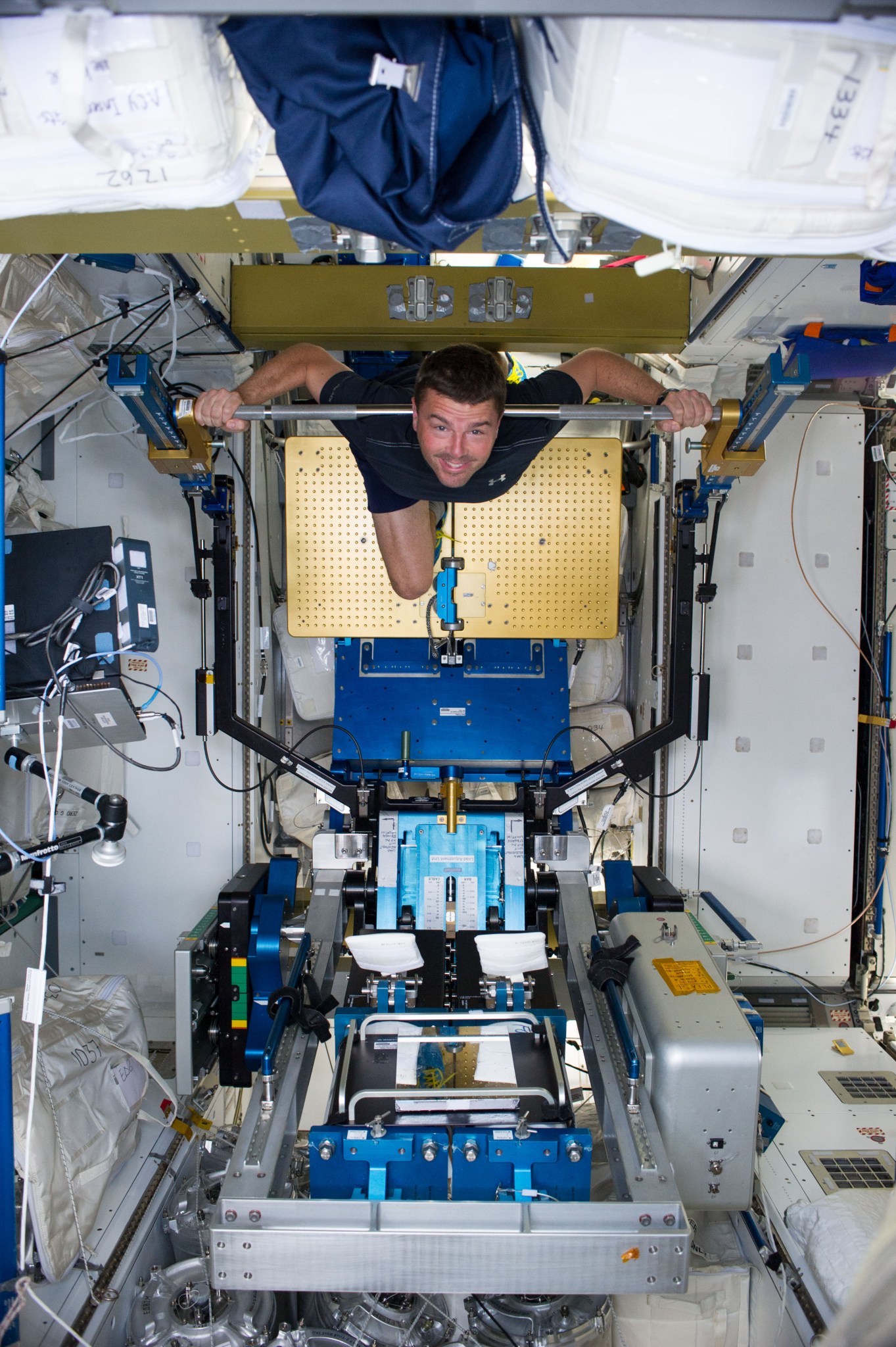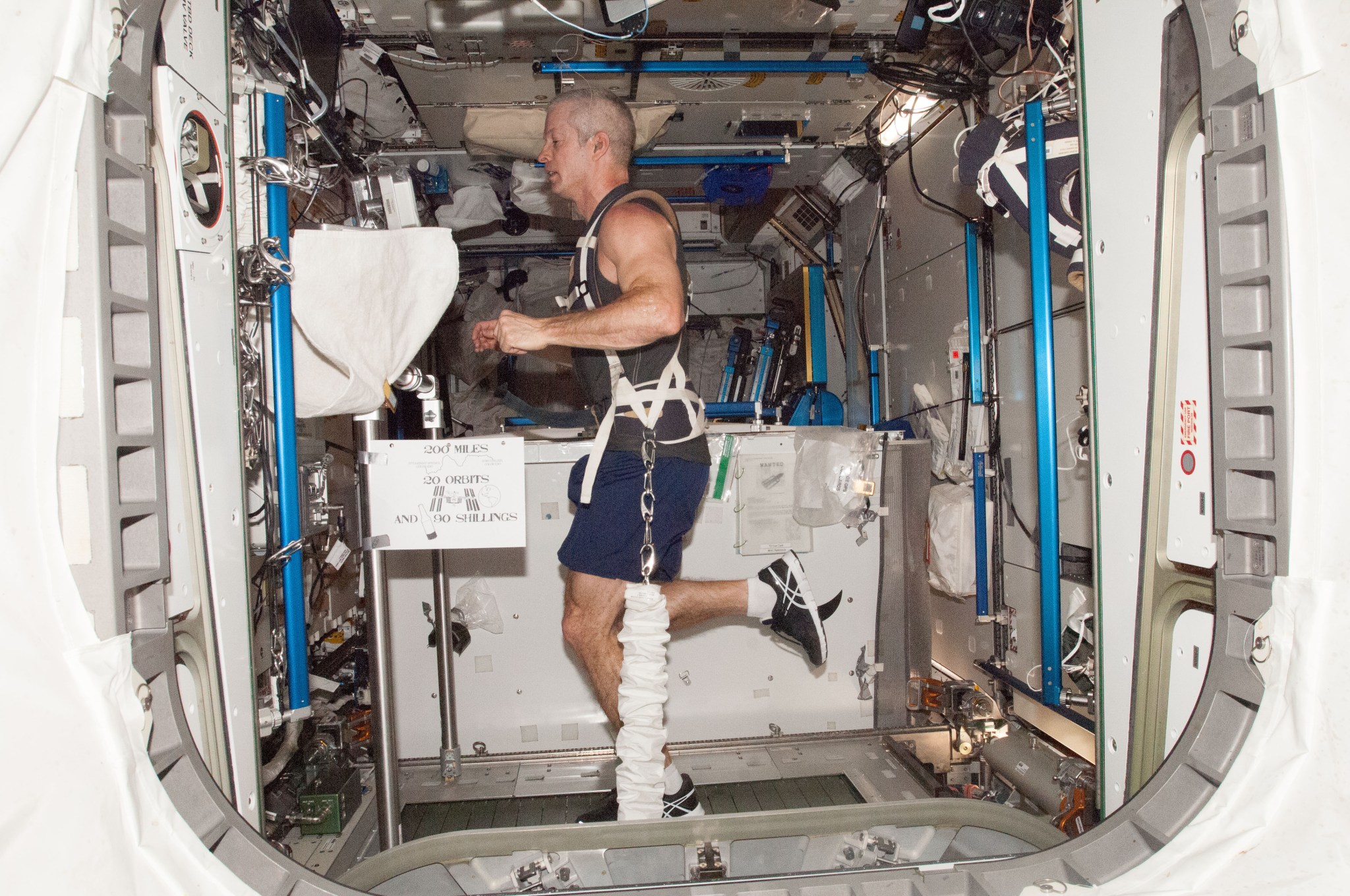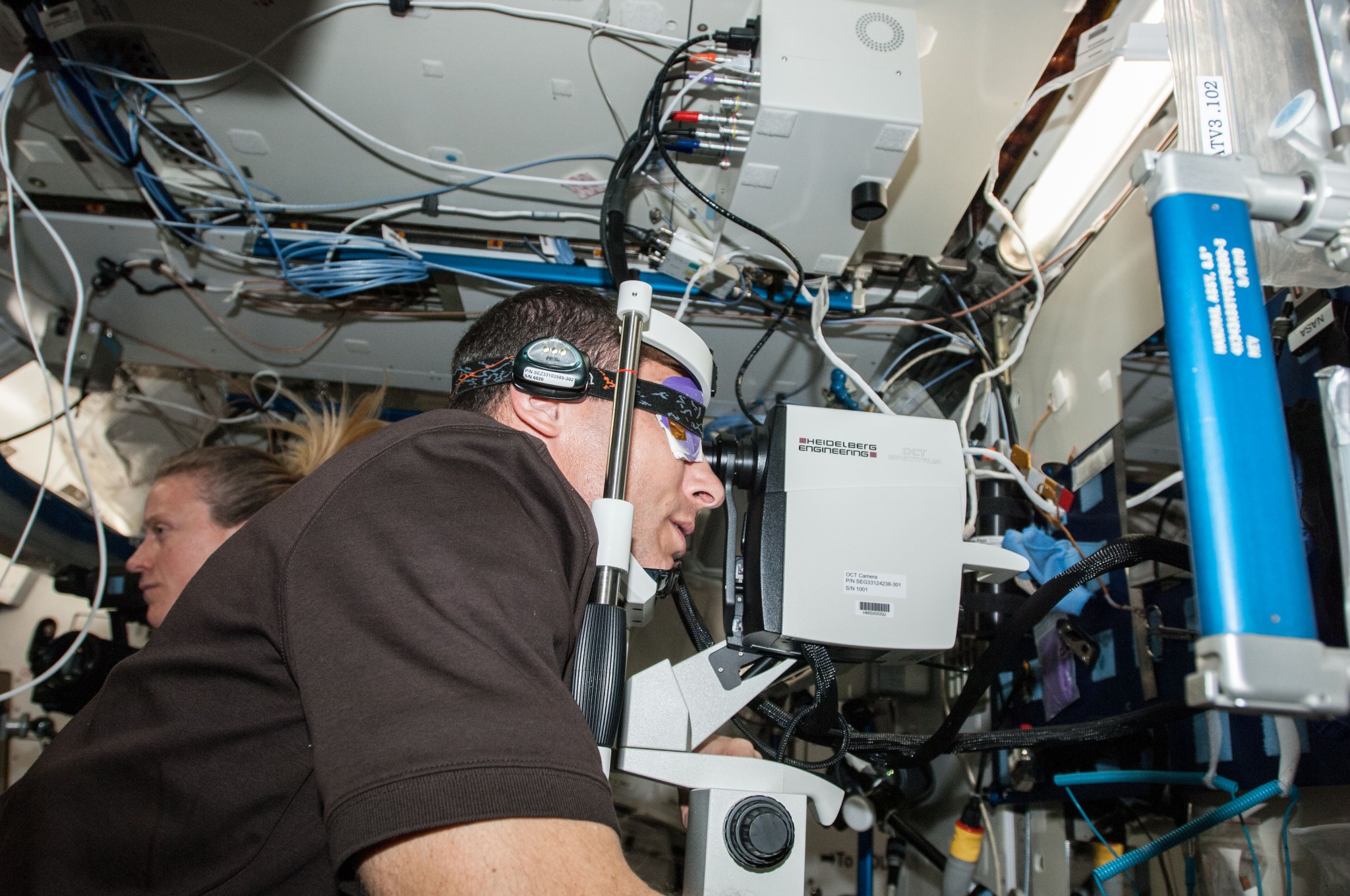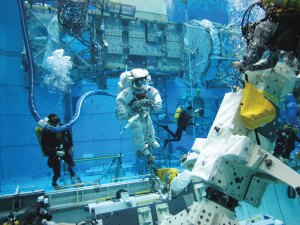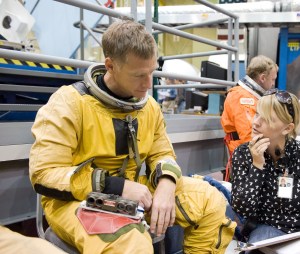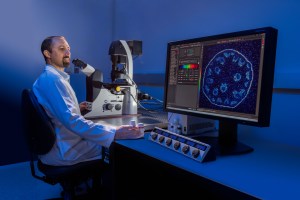The Human is the Heart of Human Space Exploration
Human Systems Integration (HSI) is a robust process by which human capabilities and limitations are effectively and affordably integrated with system design and development. The HSI team considers all human users of a system, including astronauts, design and engineering personnel, test and verification personnel, operators and maintainers, and focuses on maximizing total “Human + System” performance while minimizing overall lifecycle cost. In addition to assisting Johnson Space Center (JSC) with its recruiting and onboarding programs, the HSI team’s goals include promoting cross-Directorate and multi-center diversity of ideas toward a common understanding and implementation of HSI.
Points of Contact
Munish Patel
Michael Bernatovich
Systems Engineering
The Human Health & Performance (HH&P) Directorate provides a full spectrum of systems engineering functions across the entire project life cycle to ensure crew health and safety, including functional architecture definition, concept of operations, development and management of requirements and interfaces, design integration, verification and validation, flight certification, configuration and data management, as well as risk identification and management. Systems and projects developed within HH&P support human space flight programs and the Human Research Program.
Points of Contact
Michael Bernatovich
Chris Vande Zande
Ryan Schulte
Design Services
As part of the hardware life cycle, HH&P provides design support to ensure crew health and safety, while maintaining technical requirements, budget, and schedule. Design services range from initial concept design sketches, to modification of commercial off-the-shelf (COTS) hardware to meet spaceflight requirements, to final flight configuration detailed drawings and include mechanical design, electrical design, and softgoods patterning.
Point of Contact
Chris Vande Zande
Fabrication and Testing
HH&P offers fabrication and testing services for hardware development and operations during the full hardware life cycle. Fabrication services include rapid prototyping, full machine shop capability, electrical fabrication, softgoods, stowage kits, test fixtures, metal finishing, and inspection. Testing services include environmental (thermal, vibration, altitude, humidity), acoustic, structural, fluids, Electromagnetic Interference/Compatibility (EMI/EMC), and safety relief valve testing. HH&P also provides mockup fabrication services – providing mockups ranging from small 3D printed interfaces to full scale mockups that subjects can enter and test human space interfaces in a realistic environment.
Points of Contact
William Foley
Gordon Vos
Chris Vande Zande
Program Integration
HH&P team members serve as the primary contacts, counterparts or interfaces who provide the technical oversight and program integration of the Human + System for human spaceflight programs and the Human Research Program. The positions include HSI Leads, Health & Medical Technical Authority (HMTA) Delegates, System Managers, Element Managers and Scientists, Commercial Crew and Cargo Integrators, and Safety Panel Members. Team members currently provide the Lead for the Orion Crew Systems Integration (CSI) Office and chair to the Cockpit Working Group (CWG), panel/board members for the ISS Vehicle Control Board (VCB), Safety Review Panel (SRP)/Payload Safety Review Panel (PSRP), the Transportation Integration Control Board (TICB), MPCV Safety & Engineering Review Panel (MSERP), and the CCP Safety Technical Review Board (STRB).
Point of Contact
Michael Bernatovich
System Management
The System Manager (SM) is a formal Program position that is being provided through HH&P for the ISS, Orion and other NASA crewed Programs. Each designated SM provides technical oversight of their assigned integrated system and the system team. The SM roles and responsibilities may be implemented differently by the provider organization depending on the complexity of the system and level of authority levied by or negotiated with the Program. The HH&P provides the ISS-designated System Managers for CHeCS and includes the Environmental Health System (EHS), Health Maintenance System (HMS), and Radiation System. ISS System Managers are also provided to the Acoustics, Space Food and Flight Crew Integration (FCI) teams. The Orion/MPCV System Manager roles within HH&P are defined similar to those for the ISS and aligned according to the disciplines or SMEs. HH&P provides the Orion-designated System Managers for disciplines such as Toxicology & Environmental Health, Medical Operations, Exercise Devices, Radiation, Human Engineering, and Acoustics. HH&P also provides System Managers and/or Subject Matter Experts to support each Programmatic element of Artemis including Gateway, HLS and EHP.
The SM is responsible and accountable to the Program for all aspects of the system hardware life cycle including requirements development, systems engineering and integration, hardware and software development, verification and validation, certification and acceptance, sustaining engineering (which includes proper operation of the hardware on-orbit), resupply and final system/vehicle closeout. The SM is expected to communicate with all the stakeholders, whether internal or external to H&HP, and specifically notify the Program of system issues and status.
Points of Contact
William Foley
Kimberlee Prokhorov
Gordon Vos
Chris Vande Zande



























